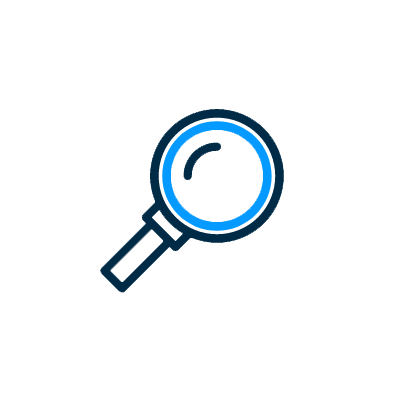
Article
Home office deductions: New rules apply this tax time. Have you claimed all you are entitled to?
We explain more about the revised fixed rate method and actual cost method.
Home office deductions relate to deductions for expenses incurred to work from home such as stationery, energy and office equipment. Good record keeping is essential if you are planning to claim a working from home deduction. If you don’t have records, you can’t claim the expense and remember, you can only claim the work-related part of an expense.
To be eligible to claim a deduction for working from home expenses, you would need to:
• incur additional running expenses as a result of working from home
• be working from home to fulfil your employment duties, not just completing minimal tasks
• keep records at the time you work to prove you incur the cost.
To calculate your working from home expenses, you can use the revised fixed rate method or the actual cost method.
Revised fixed rate method
From March 2023, it is no longer a requirement to have a dedicated home office to use this method. The revised fixed rate method allows you to claim 67 cents per hour you work from home for the expenses listed below.
Expenses included in the revised fixed rate are:
• data and internet
• mobile and home phone usage
• electricity and gas
• computer consumables (e.g. printer ink)
• stationery
You can’t claim a separate deduction for any of the expenses the revised fixed rate includes, however you can claim a separate deduction for:
• the decline in value of assets used while working from home, such as computers and office furniture
• the repairs and maintenance of these assets
• cleaning (only if you have a dedicated home office).
Record Keeping is key
You will need the following records to claim a deduction
- a record of all the hours you work from home for the entire year (e.g. a timesheet, roster, diary or similar document)
- evidence you paid for the expenses covered by the revised fixed rate method (for example, if you use your phone and electricity when you work from home, keep one bill for each of these expenses).
- You will also need records for items you claim as a separate deduction.
For the 2022–23 income year - From 1 July 2022 to 28 February 2023, the ATO will accept a record which represents the total number of hours worked from home (for example a 4 week diary). From 1 March 2023, a record of all the hours you worked from home is required.
Actual cost method
The actual cost method allows you to claim a deduction for the actual expenses you incur as a result of working from home.
You may be able to claim a deduction for each of the expenses you incur, such as:
• data and internet
• mobile and home phone usage
• electricity and gas
• computer consumables (e.g. printer ink)
• stationery
• the decline in value of assets used while working from home, such as computers and office furniture, as well as any maintenance and repairs of these items
• cleaning (only if you have a dedicated home office). The actual cost method requires detailed calculations and records. For example, you will need to know and have records of the cost per unit of electricity and average units used per hour.
What records you will need
For every expense you claim you will need a record to back it up. For running expenses you will need the following evidence:
- receipts, bills or invoices which show the supplier, amount of the expense, nature of the goods, date it was paid and the date of the document evidence of your personal and work related use of the items or services you buy and use.
You can work out your work-related expenses using records for the entire year or over a 4 week period that represents your work use – for example, using a diary or itemised bill.
Decline in value of assets and equipment
You will need records for claiming for depreciating assets, that show:
- when and where you bought the item and its cost
- when you started using the item for a work related purpose
- how you work out your percentage of work-related use, such as a diary that shows the purpose of and use of the item for work
- either
- a copy of the Commissioner's determination of effective life you use to work out the decline in value of the item
- how you work out the effective life if you don't use the Commissioner’s determination.
- which method you chose to work out the decline in value
How we can help
The information above is a general summary and nothing beats a meeting with an accountant to discuss your personal situation. Book a free, no obligation consultation today. Call us on 1300 513 332 or use the contact form here.
Date published 22 Jun 2023 | Last updated 22 Jun 2023
This article is intended to inform rather than advise and is based on legislation and practice at the time. Taxpayer’s circumstances do vary and if you feel that the information provided is beneficial it is important that you contact us before implementation. If you take, or do not take action as a result of reading this article, before receiving our written endorsement, we will accept no responsibility for any financial loss incurred.Choose the right accounting firm for you
Running your own business can be challenging so why not let TaxAssist Accountants manage your tax, accounting, bookkeeping and payroll needs? If you are not receiving the service you deserve from your accountant, then perhaps it’s time to make the switch?

Local business focus
We specialise in supporting independent businesses. Each TaxAssist Accountant runs their own business, and are passionate about supporting you.

Come and meet us
We enjoy talking to business owners and self-employed professionals who are looking to get the most out of their accountant. You can visit us at any of our multiple locations, meet with us online through video call software, or talk to us by telephone.

Switching is simple
Changing accountants is easier than you might think. There are no tax implications and you can switch at any time in the year and our team will guide you through the process for a smooth transition.